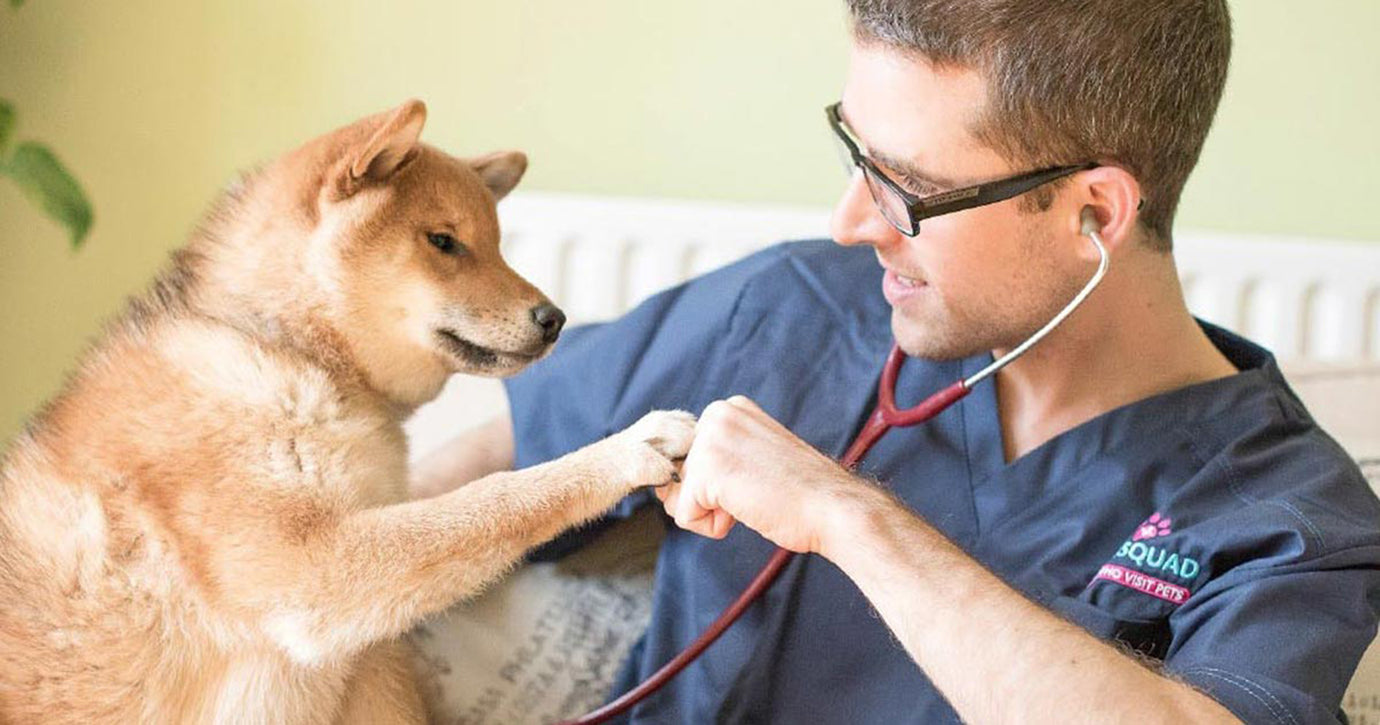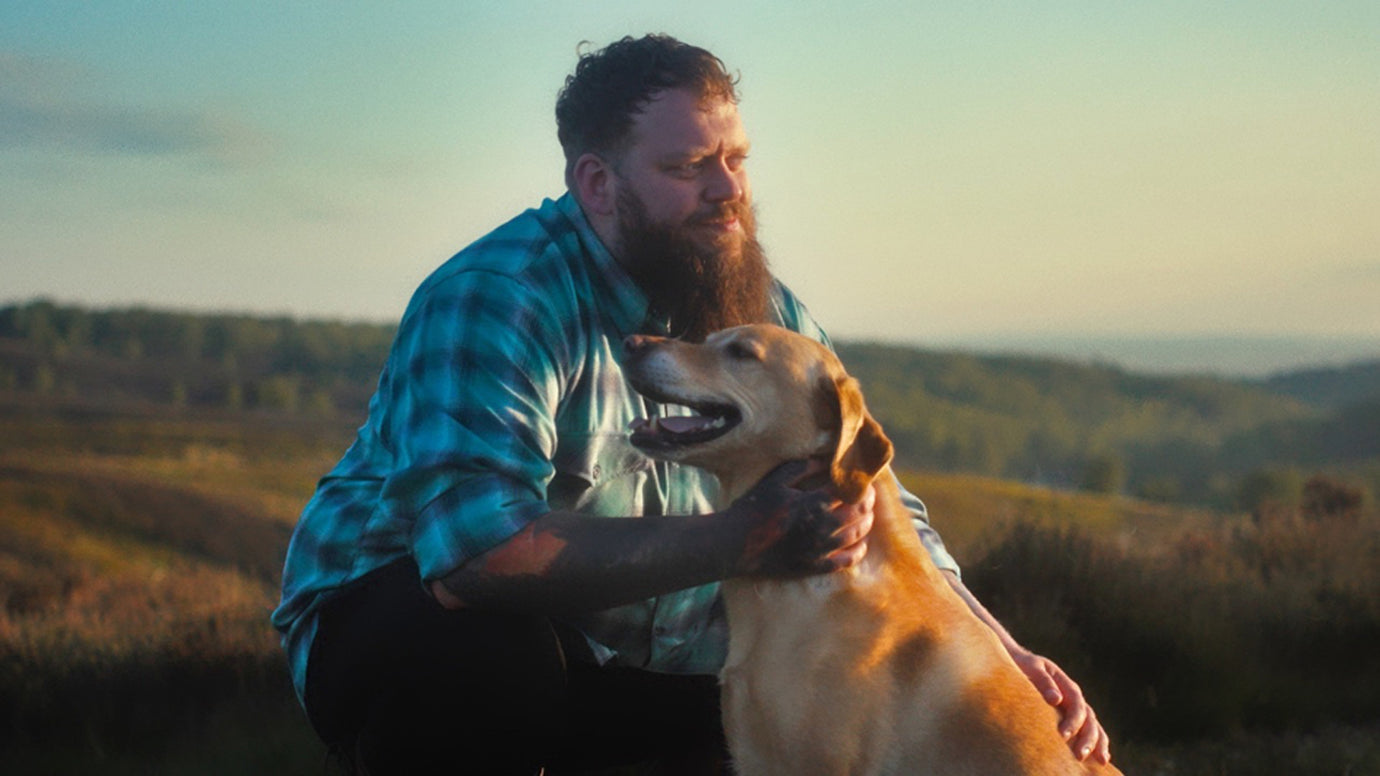Canine communication: How dogs invite other dogs to play

Dogs are at their hearts pack animals, and the canine species as a whole is a very social one. Dogs actively enjoy and benefit from the company of other dogs, and unless a dog has never really spent time around others or has had a bad experience with strange dogs, they will proactively look for playmates and other dogs to spend time with.
Providing opportunities for your dog to socialise with others is something that all dog owners need to do, and half an hour every day playing with a mixed group in a dog park is the highlight of many dog’s lives.
We rarely need to encourage social dogs to play or approach others, and in fact, too much human intervention into play and canine communication can actually hamper, rather than help dogs to get on. Dogs have a wide and diverse range of communication cues that they use with each other in dog-speak, and which occur rather differently to how dogs communicate with people in their place.
If you’ve ever wondered how your dog and another dog began to get friendly in the first place or how dogs find others that want to play with them, you’ve probably already seen this happen in practice plenty of times already without really knowing what was going on.
A dog that is playful and looking for a buddy or a partner in crime to join a game will be proactive about finding one, and in doing so, they will display a range of behaviours and actions to another dog or dogs to get their message across.
In this article we will share some of the ways in which your dog might be inviting another dog to play - and once you know them, you’ll be able to spot them in future. Read on to learn more.
An indirect approach
Well socialised dogs understand the importance of displaying good manners when meeting others, and directly approaching another dog head on with a direct gaze is considered to be the height of poor canine manners, or even a threat. When a dog wants to approach another one and does so appropriately, they will take the long way round, approaching from the side, avoiding staring, and reading and responding to the other dog’s reactions. Your dog will put themselves in sight and range of the other dog to get their attention, and then their behaviour will depend on the other dog’s response.
Approach and retreat
Approaching another dog then backing off, or retreating when the other dog is paying attention is one of the clearest canine communication signals that indicate that a dog is trying to tempt another dog to play. They’re triggering the other dog’s interest and saying “come with me,” and another dog that is themselves willing to play can then choose to follow, or make a counter-invitation in their turn.
Eye contact and engagement with body language
Direct eye contact between dogs is often seen as a challenge or threat, but dogs can still make eye contact and use their gaze and direction to indicate that something is interesting them without turning it into a thousand-yard stare.
If your dog is paying attention to another dog or watching them play, they’ll be focusing in that direction, and if they want to join in but not make a direct approach, they will observe the play, look engaged, and display positive, happy body language like a relaxed but interested stance and a wagging tail.
Bowing
Bowing - dropping the front legs to the ground - is a common part of canine play, which serves as both the opener to a game, and an indication of good spirits. Bowing is polite play signal that lets the other dog know that the first dog wants to play and isn’t going to be pushy or dominant, and may be willing to let the other dog be the boss, or play a role-reversal game in which the other dog is given the opportunity to be in charge.
Pawing and mouthing
If your dog is confident with others and the dog they want to play with is receptive to an approach and engaged with them, your dog might instigate a game by pawing at the other dog, or even mouthing at their head and ears.
This will of course annoy a dog that is not interested in playing, in which case a well socialised dog will read their cues to back off, but for another dog that does want to play, this can prompt them into a game.
Tempting with a toy
Finally, taking a toy for your dog along to the dog park isn’t always a good idea if your dog is very possessive about their resources and doesn’t want to share them, but for dogs that are happy to share their toys with others, they might use these toys as an invitation to play.
Much as the kid who brings the football to the park has guaranteed themselves a place on the team as a result of this, your dog might use a ball, Frisbee or stick as bait to tempt another dog to come and play, or to try to take the toy from them!
(Article source: Pets 4 Homes)





